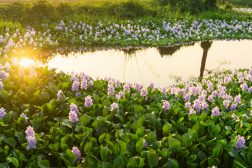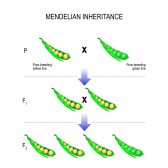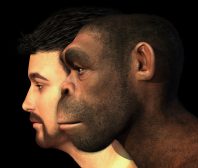Definition
noun
A biogeographic realm that covers most of North America, including Greenland, Central Florida, and the highlands of Mexico
Supplement
Biogeographic realms are large spatial regions of the Earth’s land surface. Studying biogeographic realms leads to insight especially on biodiversity. It provides understanding on the extent of biodiversity and the factors that affect it. At present, there are about eight realms recognized by the World Wildlife Fund and they are divided according to their ecosystems sharing similar biological evolutionary history and distributional patterns of terrestrial organisms. The eight biogeographic realms are Nearctic realm, Palaearctic realm, Neotropical realm, Afrotropic realm, Indomalayan realm, Australasia realm, Oceanian realm, and Antarctic realm.
The Nearctic realm (about 22.9 million square kilometres) includes most of North America, particularly Greenland, Central Florida, and the highlands of Mexico. It is comprised of four bioregions:1
- Canadian shield, which includes the Arctic Tundra and Boreal forest ecoregions
- Eastern North America bioregion, which includes the temperate broadleaf and mixed forests, the Great Plains temperate grasslands of the Eastern United States and southeastern Canada, etc.
- Western North America bioregion, which includes the temperate coniferous forests of the coastal and mountain regions of southern Alaska, western Canada, etc.
- Northern Mexico and Southwestern North America bioregion which includes the mild-winter to cold-winter deserts and xeric shrub lands of northern Mexico, Southern California, and the Southwestern United States, etc.
See also:
Reference(s):
1 Nearctic realm. Retrieved from ://en.wikipedia.org/wiki/Nearctic-realm.







